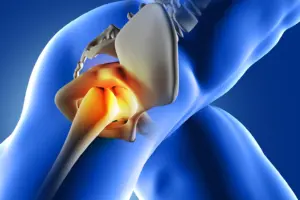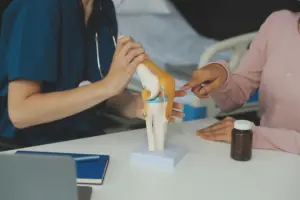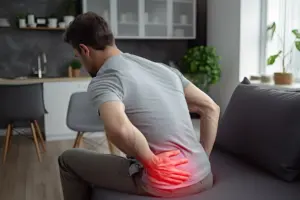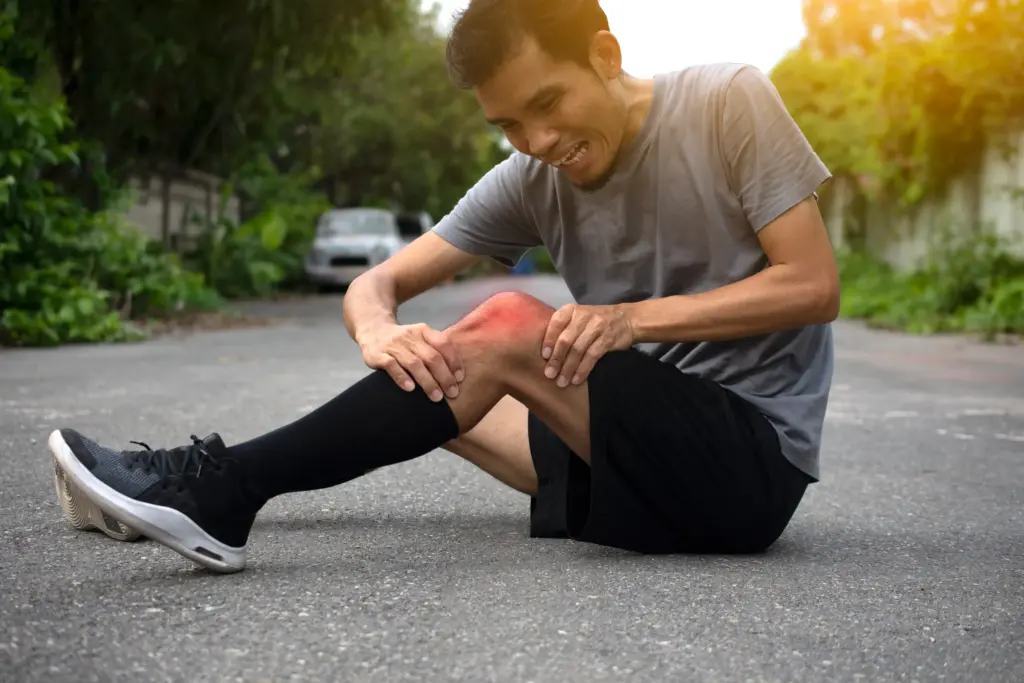
Types of arthritis: When you hear “arthritis”, you are likely to think of aged people complaining about creaky, painful joints. It is a common condition that affects thousands of people, including young adults and sometimes even children.
Arthritis is inflammation of the joints. However, it’s important to note that there are over 100 distinct types of arthritis, each with its own unique causes and symptoms. Let’s understand these differences so we can recognise warning signs and seek proper treatment.
Also Read | Think you know arthritis? These common myths may surprise you
Osteoarthritis: The Wear-and-Tear Type
Osteoarthritis is the most common form of arthritis. With time, and as you age, your joints wear out, like old car parts. The smooth cartilage that cushions your joints slowly breaks down. This is a natural process, but injuries or repetitive stress can accelerate it.
If you have osteoarthritis, you’ll often feel stiff in the morning. Your joints might give you pain after activity or feel tender when touched. Your knees, hips, hands, and spine are commonly affected areas. Unlike other types, osteoarthritis usually affects one side of the body more than the other.
Rheumatoid Arthritis: When Your Body Attacks Itself
Rheumatoid arthritis is completely different from osteoarthritis. Here, your immune system mistakenly attacks healthy joint tissue. This creates inflammation that can damage joints, bones, and organs.
The symptoms often appear symmetrically. If your right wrist hurts, your left one probably does too.
Morning stiffness lasts longer than with osteoarthritis, sometimes for hours. People may also feel tired or feverish or lose their appetite. Usually, the small joints in the hands and feet experience the most damage.
Psoriatic Arthritis: The Skin Connection
Some people with the skin condition psoriasis develop a related joint problem called psoriatic arthritis. The scaly, red patches on the skin might appear before joint symptoms, or both can start together.
This type of arthritis can affect any joint, including the spine. Fingers and toes might swell up like sausages. Some people develop nail changes, like pitting or separation from the nail bed.
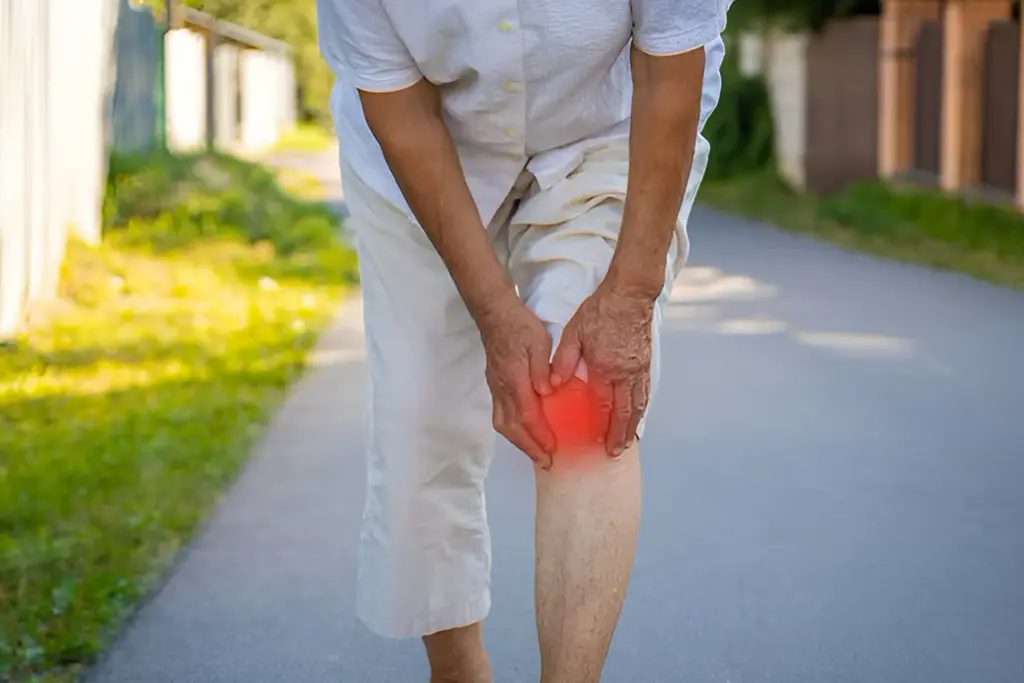
Gout: The Crystal Problem
Gout happens when uric acid crystals build up in joints. These sharp crystals cause sudden, severe pain that often strikes at night. The big toe is a classic target, but gout can affect other joints too.
Gout attacks come and go. Between flare-ups, people usually feel fine. Rich foods, alcohol, and certain medications can trigger episodes. Men are more likely to develop gout than women.
How to Diagnose Arthritis
Different types of arthritis need different treatments. Blood tests can help identify rheumatoid arthritis and other inflammatory types. X-rays show joint damage from osteoarthritis. Your doctor might also examine joint fluids or perform other specialised tests.
Arthritis isn’t just about getting older or having “bad joints”. Each type has specific characteristics and treatment options. Early diagnosis and proper management can help people maintain active, fulfilling lives despite arthritis.
Also Read | Is homoeopathy effective for joint pain and arthritis?
If you’re experiencing persistent joint pain, stiffness, or swelling, don’t dismiss it as normal ageing. Talk to your healthcare provider about your symptoms. Understanding your specific type of arthritis is the first step toward effective treatment and a better quality of life.




